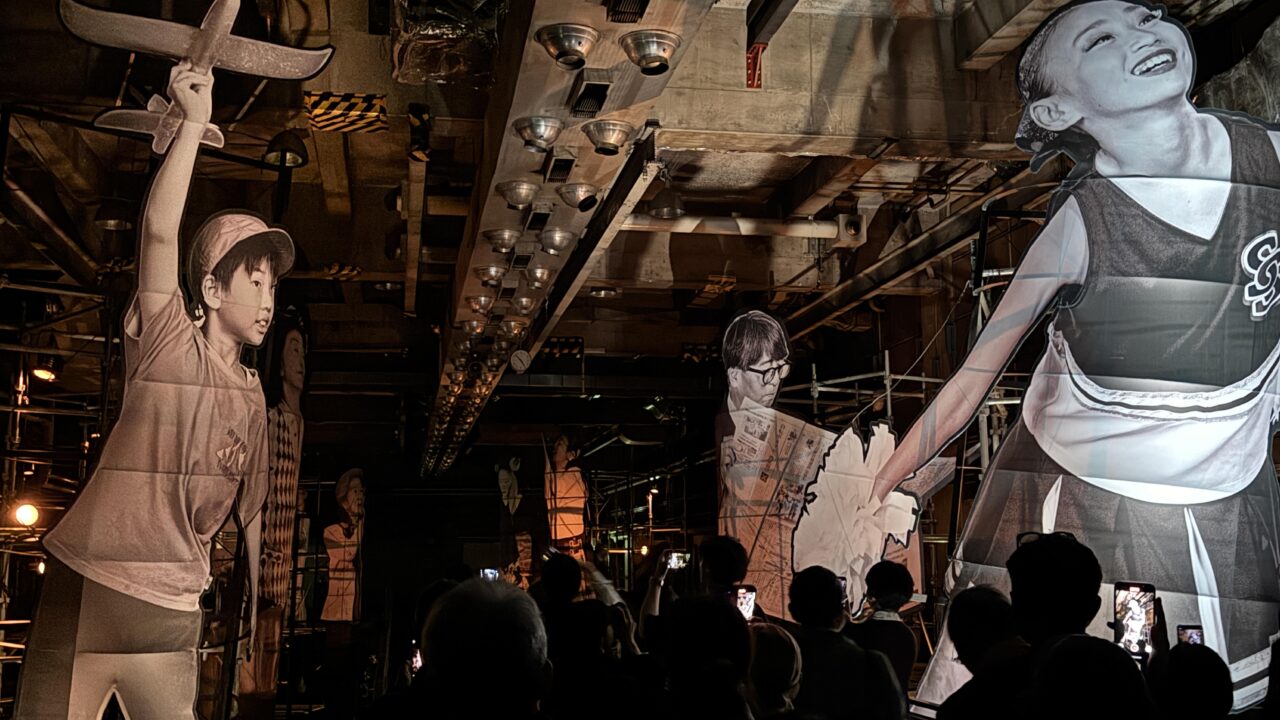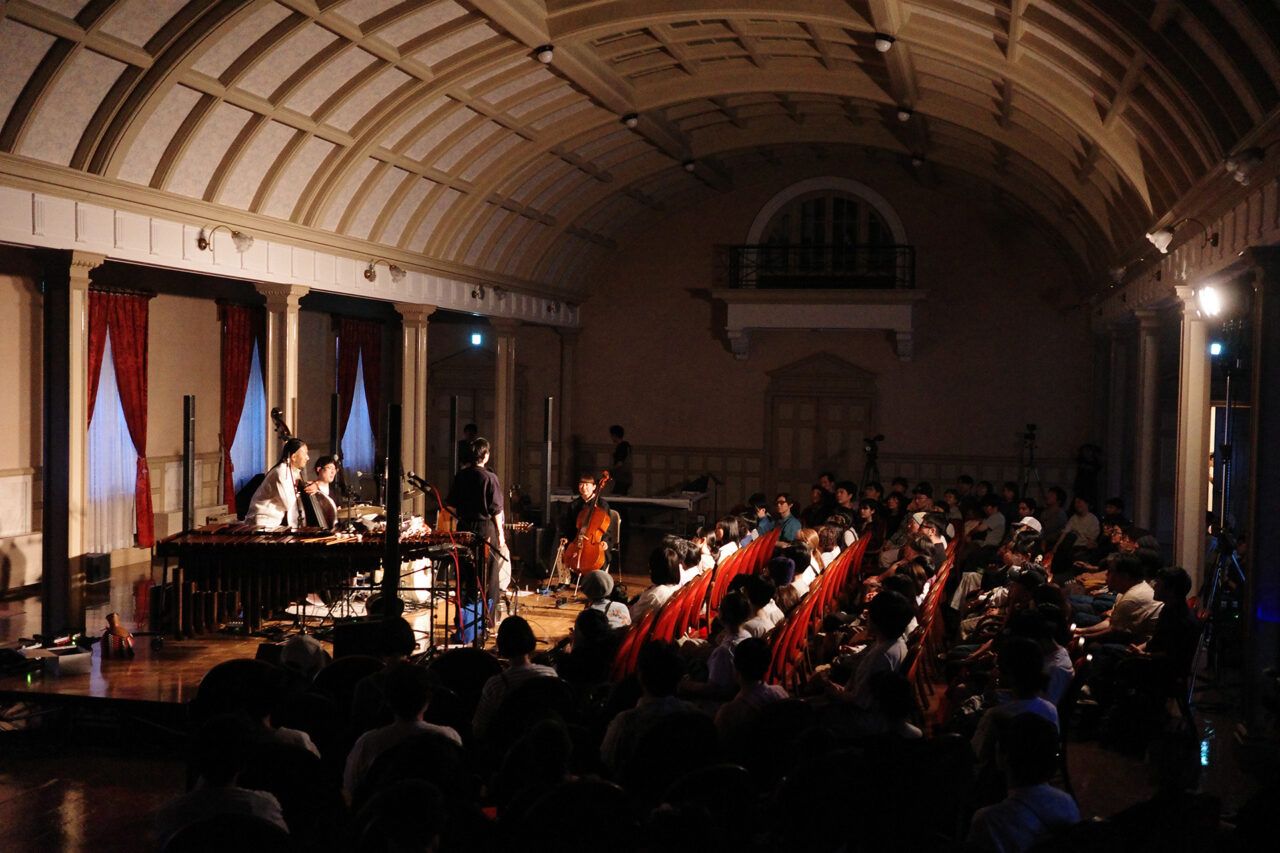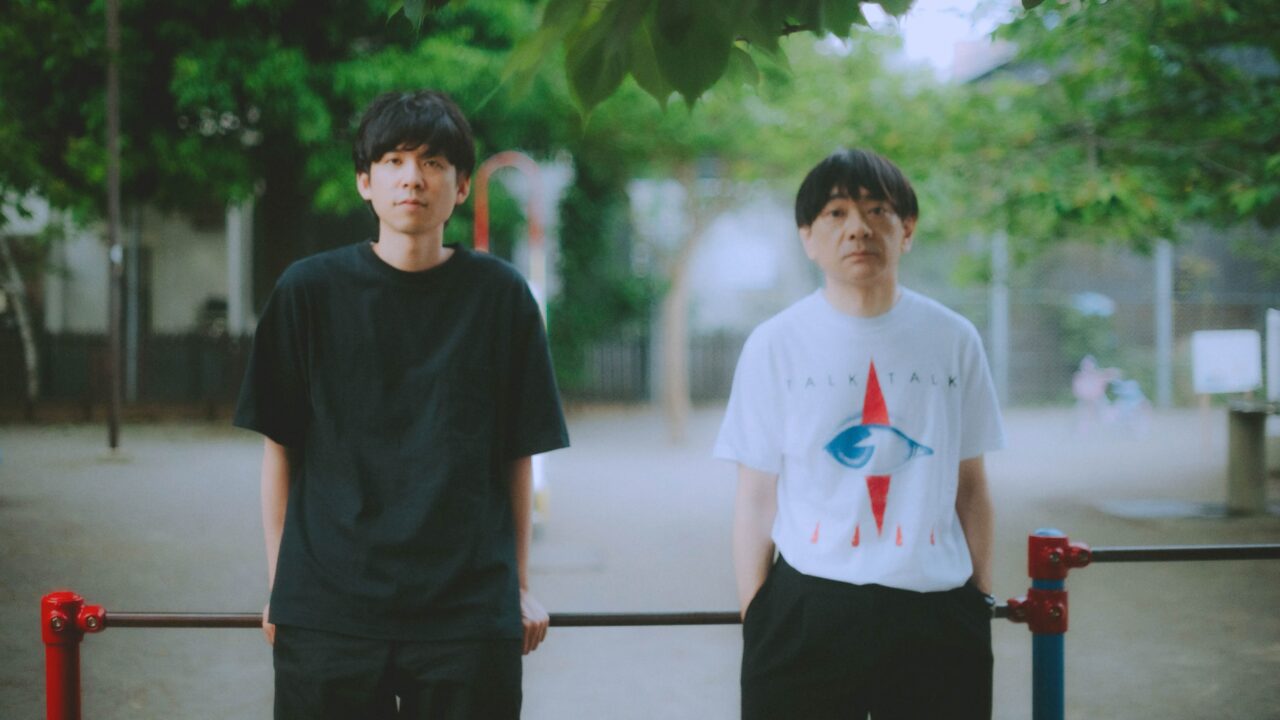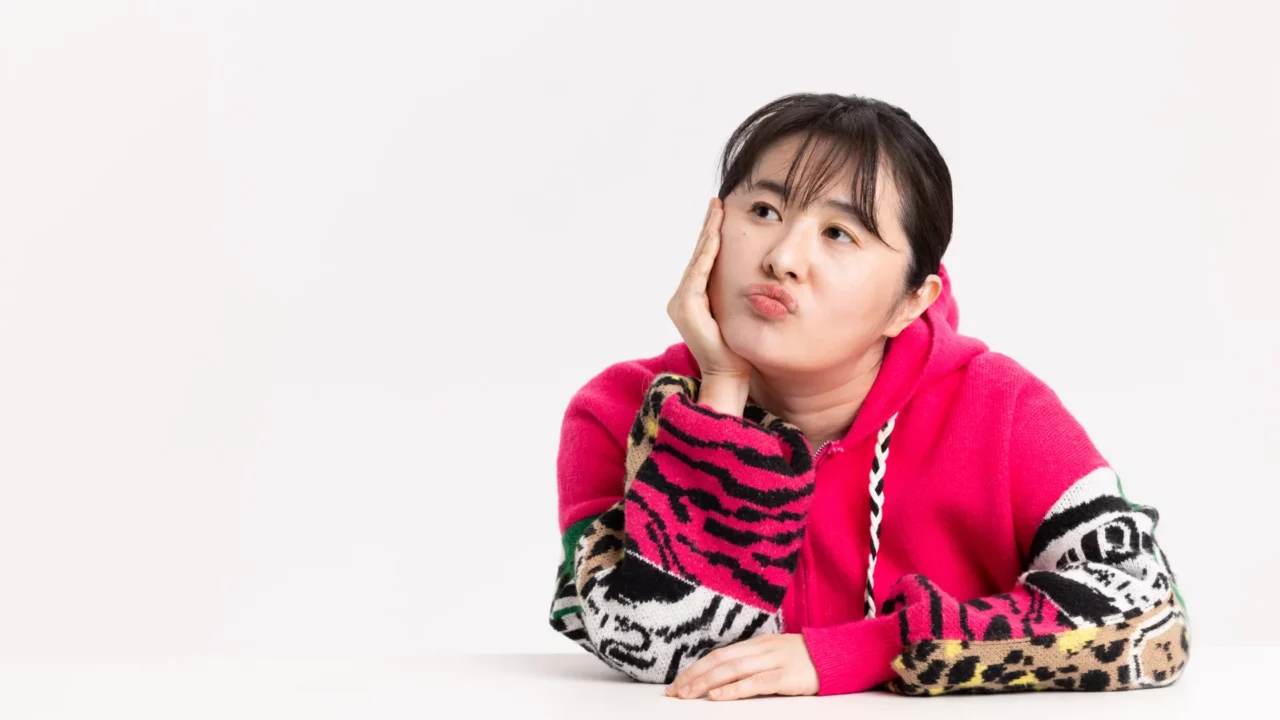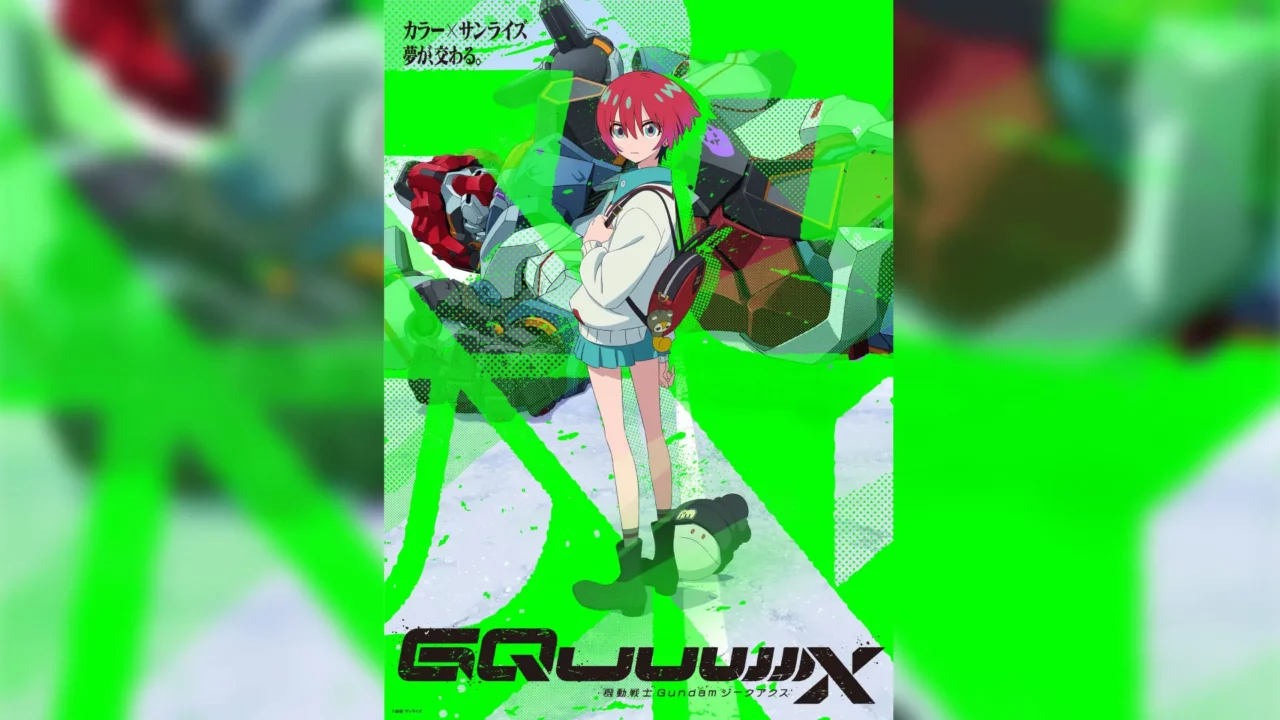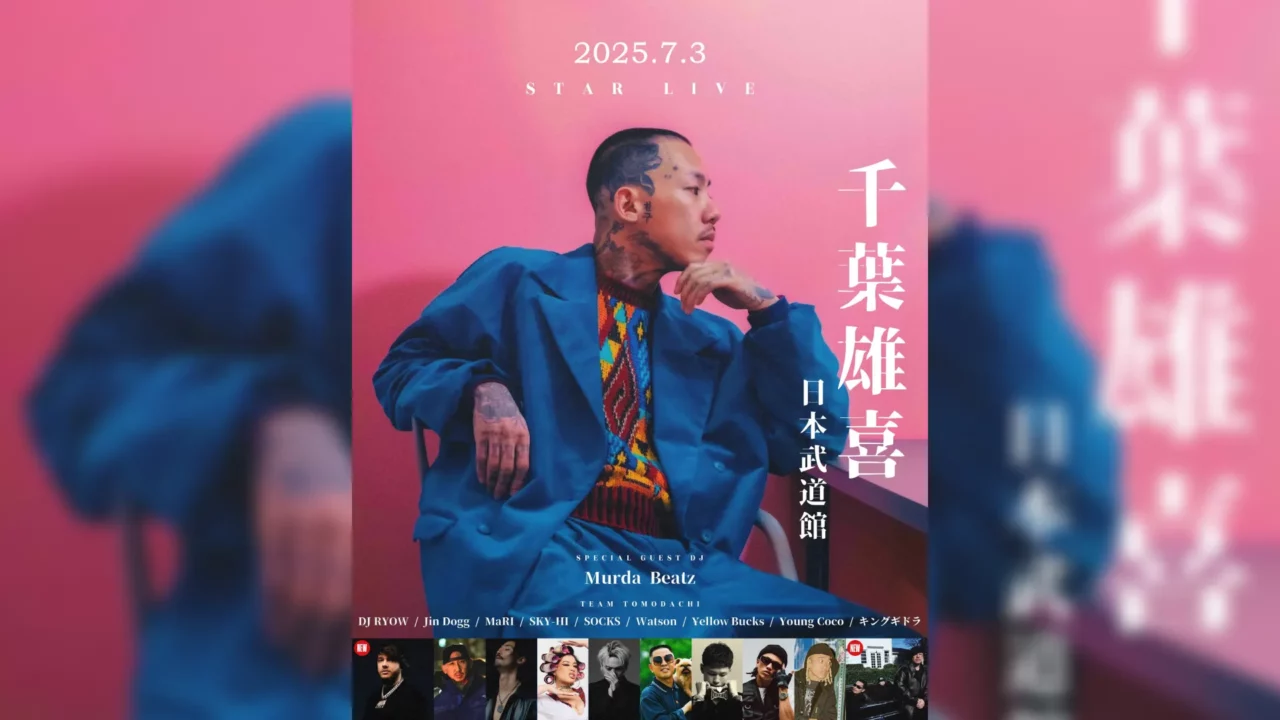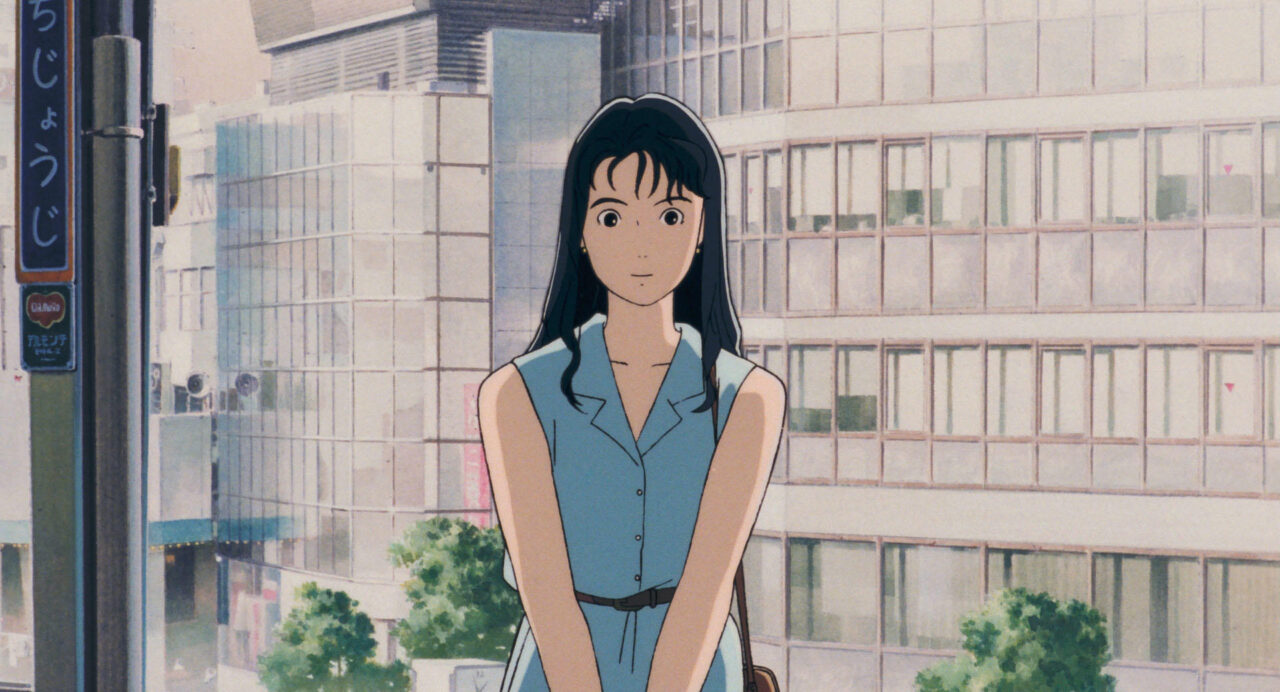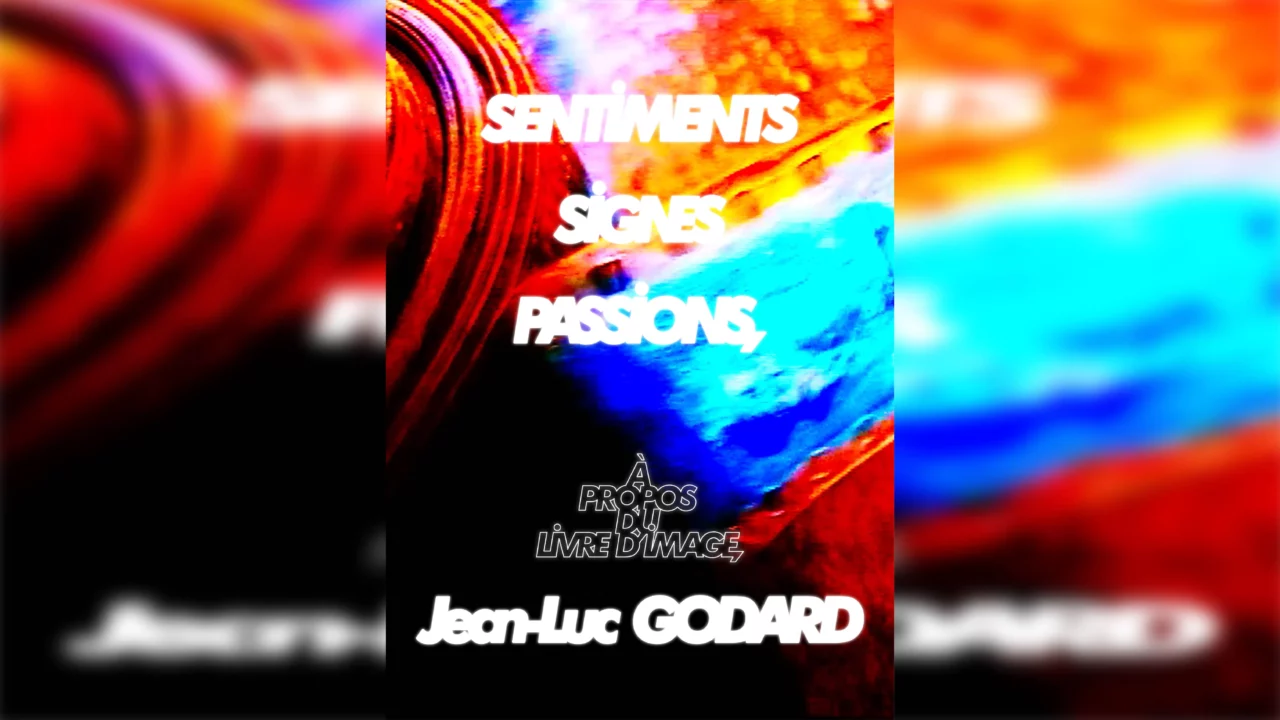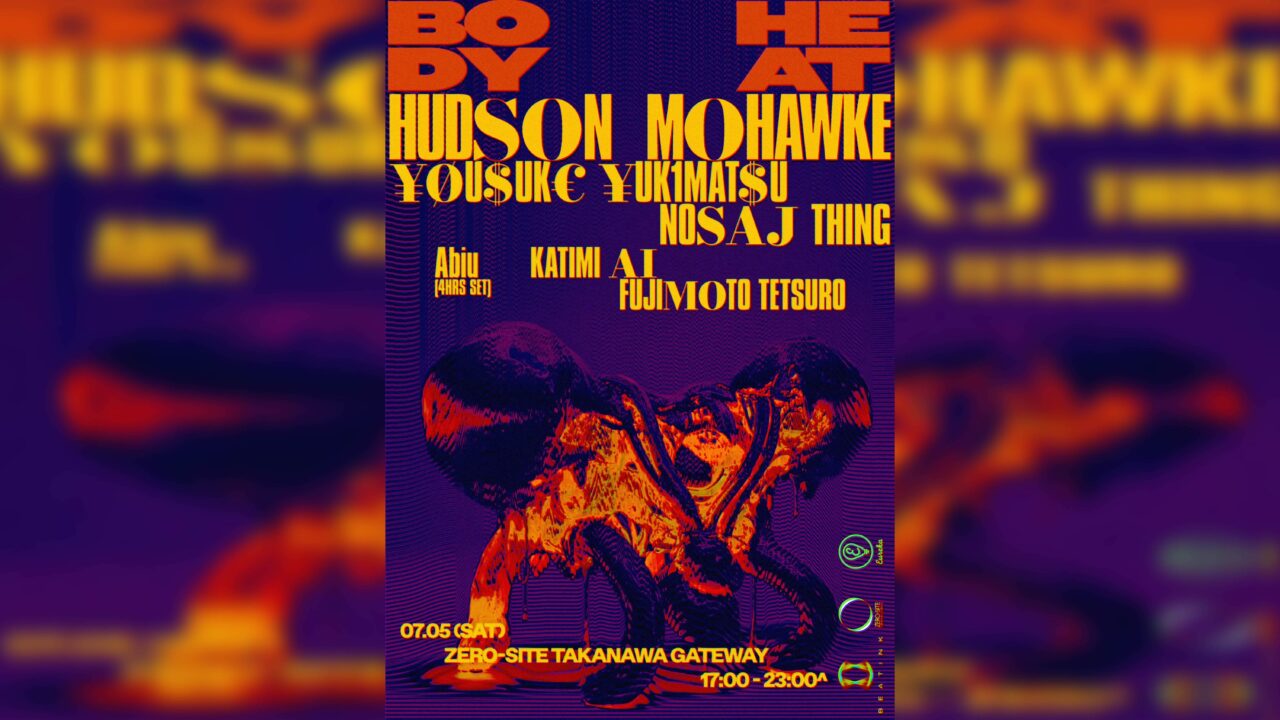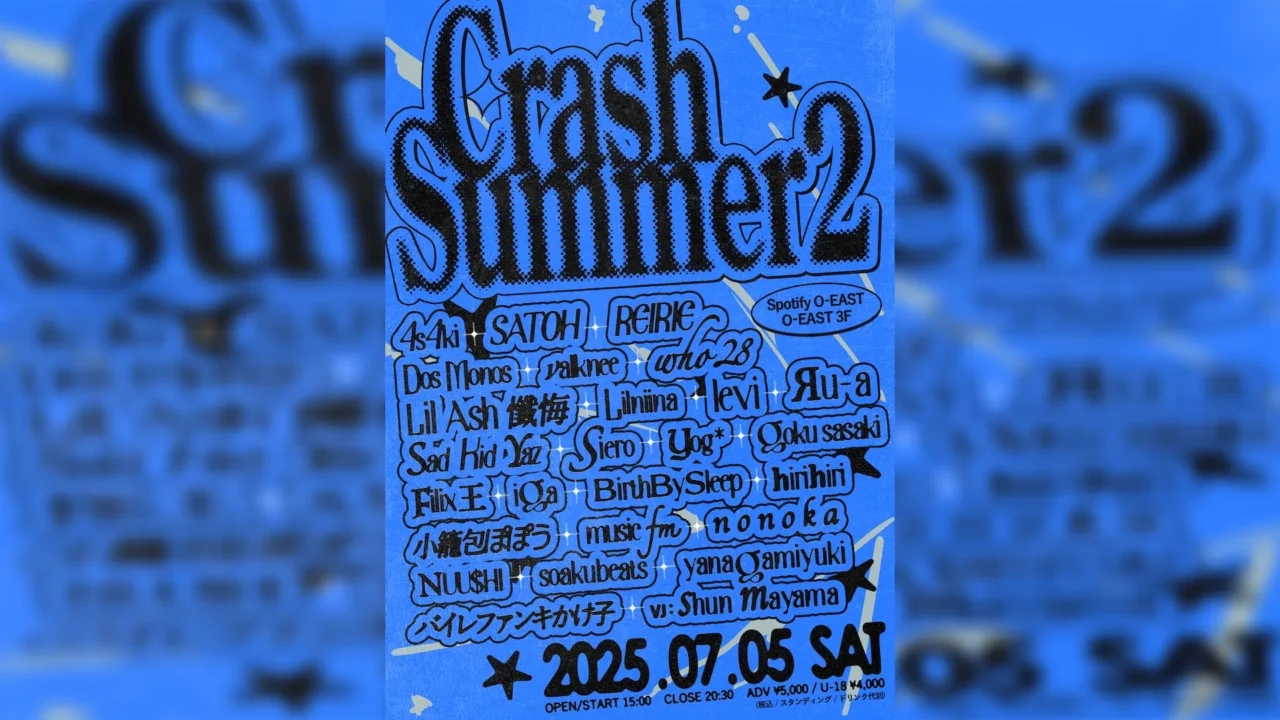Finnish film director Aki Kaurismäki, known for his distinctive humor and elegant screen compositions, has captured the hearts of many fans. After announcing his retirement as a filmmaker in 2017, he has made a comeback with his latest work, “Fallen Leaves.”
As anticipation builds for this recent release, many readers may be curious about the directorial style of Kaurismäki and the reasons behind his widespread fan support. In this article, we asked writer Takeshi Kizu, who is also a devoted fan of the director, to reflect on Kaurismäki’s past works and delve into his artistic characteristics and appeal.
INDEX
Kaurismäki’s Retirement Announcement and Return to Depicting Lives on the Margins of Society
Aki Kaurismäki is a filmmaker who has always maintained that the working people are the protagonists of his films. Aki Kaurismäki is a filmmaker who has always maintained this stance, which has two major meanings: first, to shine a light on those who live on the margins of society. The other is that even in the small lives of these nameless people, there are moments that should be depicted on film. The core strength of Kaurismäki’s films is born of such stubborn conviction.
When Kaurismäki, one of the leading Finnish filmmakers of our time, announced his retirement upon the release of his last film, “Beyond Hope” (2017), I was shocked, as were his fans around the world. And I was more sentimental than necessary. I wondered if it was because Kaurismäki had been looking at the plight of the poor that he no longer wanted to make films that encouraged the common people because the social conditions of our time are so bleak.
So when I heard that Kaurismäki had returned to filmmaking as if nothing had happened with his new film “Dead Leaves” (2023), I was a little taken aback. I felt ashamed of my sentimentality ……, but anyway, it is common for a filmmaker who has announced his retirement to retract it, and he is also a person who makes statements at press conferences that I am not sure if he is joking or serious, so I have come to think that such things do happen. I thought that it was just one of those things that happen. Above all, I was simply happy to be able to see the new film, which I had thought would never be made again. It was enough for me to be able to see the present state of the director, who was approaching the age when he might have retired.

INDEX
Seeking a Haven Beyond – Investigating the Utopia of the Underprivileged: The “Proletariat Trilogy“
However, when I heard that Kaurismäki has said that “Withered Leaves” is a continuation of the “Proletariat Trilogy” that he had made in the past, I was reminded of the extraordinary determination with which he has once again made a film. It was neither a whim nor a grand master’s indulgence, but rather the product of a filmmaker who, while confronting his own past works, seriously considered what he should be making now. This is because Kaurismäki’s “Proletariat Trilogy” is a very important group of works in his filmography.
Aki Kaurismäki’s “Proletariat Trilogy,” consists of three films: “Shadows in Paradise” (1986), “Ariel” (1988), and “The Match Factory Girl” (1990). His most recent film, “Fallen Leaves” (1985), is a masterpiece of his early career, shot in his late twenties and early thirties, and has earned him worldwide acclaim. It is fair to say that his style, which is also reflected in his latest work, “Fallen Leaves,” was established at this time.
In these films, it is important to note that, as mentioned earlier, the characters are ordinary people, mostly blue-collar workers. In Kaurismäki’s films, the specifics of labor are shown quite clearly in the short running time, which is often less than 80 minutes. The films reveal how the people they depict earn their daily bread. This is the harsh reality of the workers.
However, Kaurismäki’s films are interesting in that they do not show the reality of these workers in a formally “realistic” manner. The dialogue is stripped down to the bare bones, the characters’ actions are simple, and the static images are cut out like a painting, with graceful colors and bold editing. The nostalgic lyricism of old rock ‘n’ roll and songs. And the offbeat laughter that spills out from the unique pauses. The highly controlled direction is influenced by the classical cinema he admires, such as the silliness of the interactions between faceless characters (called deadpan humor), which he inherited from Buster Keaton’s films. The brevity of his compositions comes from French filmmaker Robert Bresson. Other favorite directors include Charles Chaplin, Jacques Tati, Frank Capra, and Yasujiro Ozu. Or noir, which frankly follows the classics of genre cinema, with crime and melodramatic elements appearing more often than not. The “Workers’ Trilogy” was the work of a young Finnish film fanatic who brought the disappointments and hopes of the workers into the world of the classic films he loved.

Let’s take a concrete look at the film. “Shadows in Paradise,” the third feature film and the first of the “Proletariat Trilogy,” is a romance between Nikander, a garbage collector, and Ilona, a supermarket cashier. The two actors are Matti Perompa and Kati Outinen, who have been regulars in Kaurismäki’s subsequent films. Even today, Kaurismäki’s films are nothing but Kaurismäki films in their meticulous production and deep, penetrating feeling, and it is surprising to see that his unique style has already been established.
The same can be said about the characters. It is almost tedious to watch Nikander’s clumsiness as he is pushed around by the woman he falls in love with, but even more harrowing is Ilona’s rudderlessness. She is frustrated by the lack of freedom in her life due to her hardships and seems to live somewhat throwaway. That is why they are attracted to each other but cross paths. It is an unsuccessful love story of two people who met in the midst of their poor lives. Kaurismäki was trying to capture such a small story of rugged people from this moment on.

The next film, “Ariel,” is one of Kaurismäki’s most noirish films. Kaslinen, a man who has lost his job due to the closure of a coal mine, sets out on a journey south in his Cadillac. On the way, he is robbed and left penniless, but he meets a single mother, Irmeli, and is attracted to her. However, one day, when he meets the robbers again, he tries to catch them, but on the contrary, the police take him away and imprison him. He tries to escape from prison with his friends he met in prison, and the tumultuous story unfolds at a brisk pace.
The story begins when his father commits suicide due to unemployment, and Kalinen becomes a drifter with no place to go. Although the setting is very hard, it can be seen that the circumstances that catch up with him have reborn Käskälinen as the protagonist of an entertaining film. The man meets the woman he loves and tries to drive away to a different place.

Both “Shadows in Paradise” and “Ariel” end with a man and a woman going “somewhere other than here.” It is not only the standard ending of Kaurismäki’s favorite crime films, but also an “escape” from the real world for the beleaguered workers. As symbolized by the song “Over the Rainbow” at the end of “Ariel,” there existed a dream that there must be a better place to live somewhere beyond the sea.
In contrast to these two films, both of which were burned out but still carried a fresh romanticism, “The Girl in the Match Factory,” the third film in the “Proletariat Trilogy,” is a film that focuses more rigorously on the inescapability of workers. The surprising thing about this film is its running time of less than 70 minutes. It is surprising that the running time is less than 70 minutes. Nevertheless, at the beginning of the film, the process of automatic production of matches at the factory where the main character, Iris, works, is shown in an unobtrusive, long-winded manner. As if to say bluntly that workers are nothing more than cogs in the “production” process.
Iris is responsible for the family’s livelihood on behalf of her mother and stepfather, who do not work, and she is not allowed even the slightest relaxation in her daily life. One day, she impulsively buys a fancy dress and goes to a disco, where she meets a rich man and spends the night with him. When Iris discovers that she was only a plaything for him, she begins to seek revenge on those who have treated her so poorly.

In contrast to the hawkish laughter he had displayed in “Leningrad Cowboys Go America” (1989), which preceded this film, the story heads toward the unredeemable, guided by the sullen face of Kati Outinen, who plays Iris from beginning to end. One of the most desperate films in Kaurismäki’s filmography, this film became one of his early masterpieces because of the relentlessness of its extremely stripped-down direction. However, Kaurismäki himself had the following to say about this tragic film.
The ending is not dark. Iris was fortunate to be expelled from society because it was better than her life up to that point.
(Quoted from “Aki Kaurismäki,” edited by Sumio Toyama, published by Esquire Magazine Japan.
It may sound cynical, but we can sense the pure anger that Kaurismäki was carrying at the time. In this capitalist society, where the rich get richer, and the poor get poorer, there is no place for the losers. By being ostracized from society, Iris also escaped to “somewhere other than here. The “Proletariat Trilogy” sought escape from this miserable place in the world of cinema.
Kaurismäki’s declaration that “Fallen Leaves,” released more than 30 years later, is a continuation of that work is a return to his roots as an auteur. In fact, the film is a simple human drama about a blue-collar man and woman who meet and are attracted to each other, as if it were a repeat of “Shadows in Paradise”



